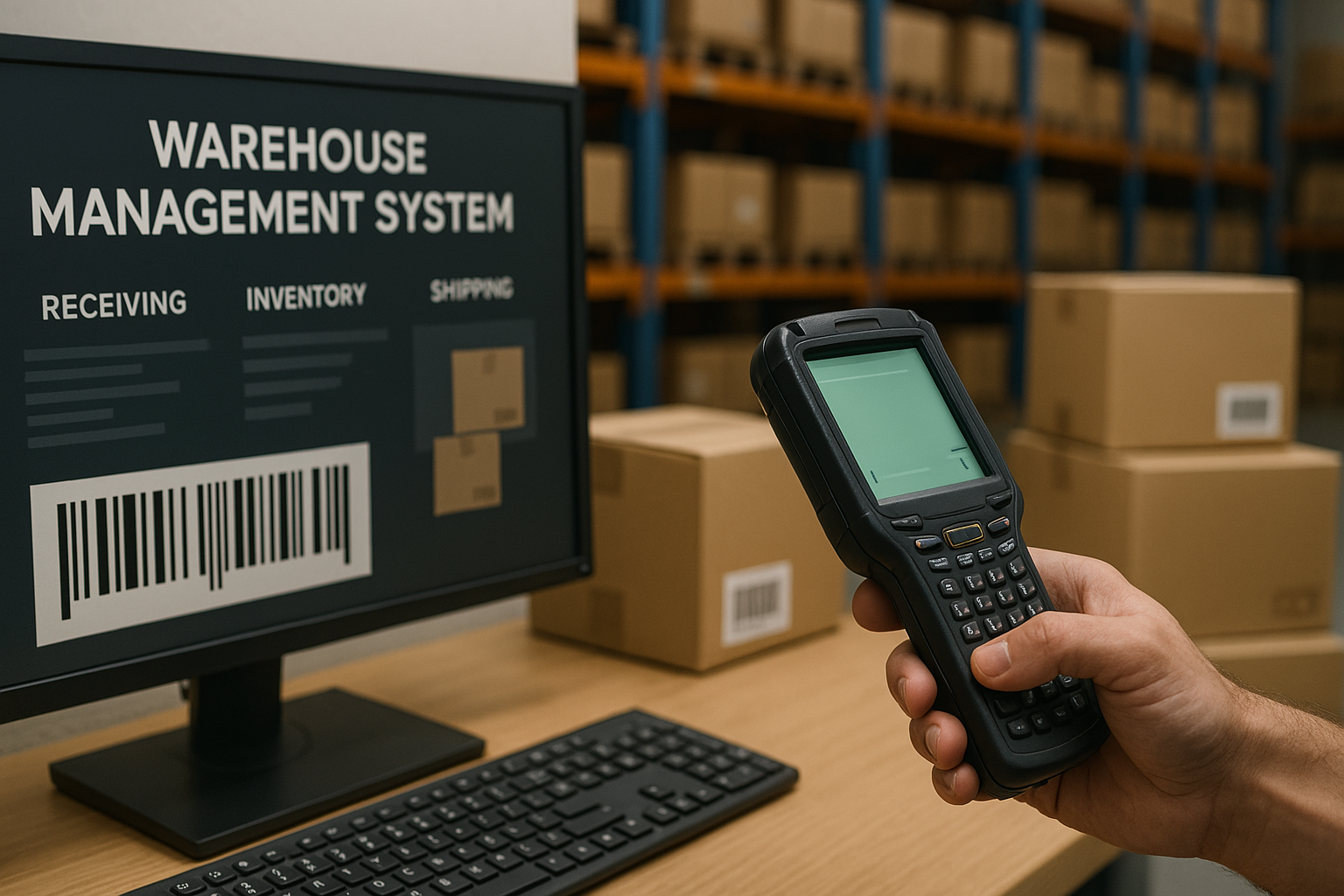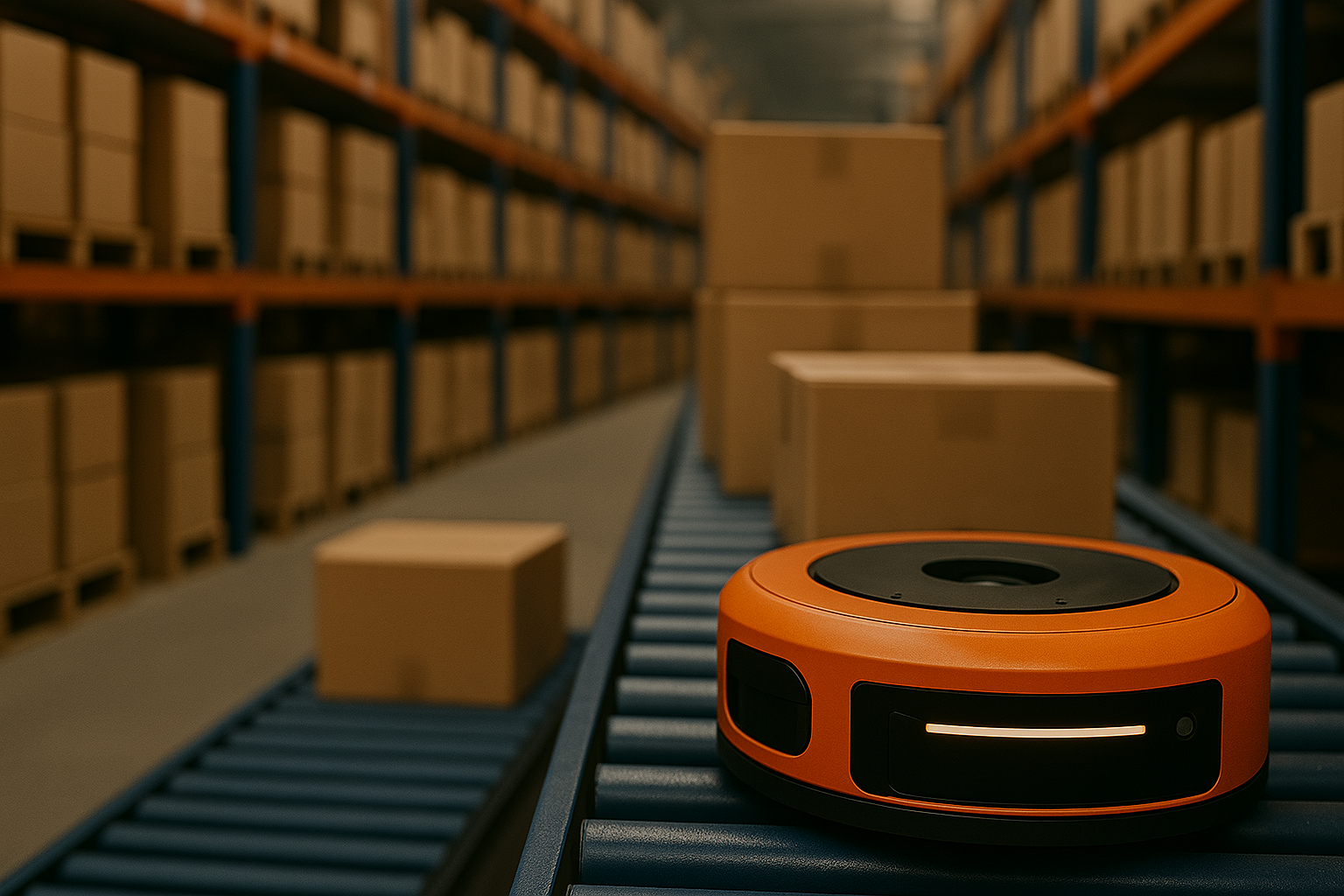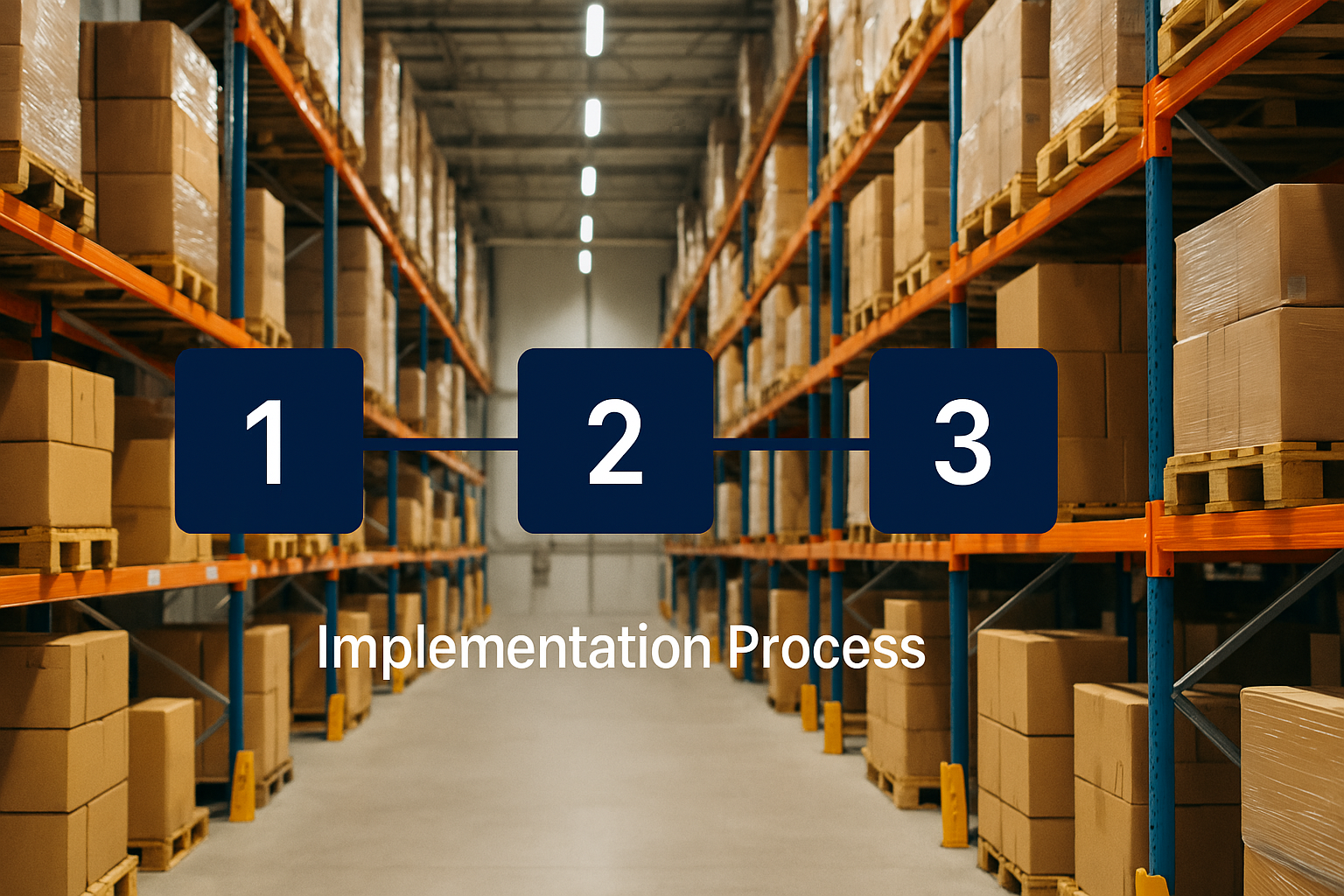Revolutionise Warehousing with Cutting-Edge Automation
By Mark Gregory | E-commerce Operations Expert

In today's fast-paced e-commerce landscape, warehouse automation has become a critical component for businesses looking to stay competitive. This comprehensive guide explores how modern automation solutions can transform your warehouse operations, from basic automation to advanced robotics and AI-driven systems.
The Evolution of Warehouse Automation
Warehouse automation has evolved significantly over the past decade. What started as simple conveyor systems has transformed into sophisticated, AI-powered solutions that can handle complex tasks with minimal human intervention. The modern warehouse is now a hub of technological innovation, where machines and humans work together to achieve unprecedented levels of efficiency.
The journey from manual operations to fully automated systems involves several stages of technological advancement. Each stage builds upon the previous one, creating a seamless integration of hardware and software solutions that work in harmony to optimize warehouse operations.
Key Benefits of Warehouse Automation

Improved Efficiency
- Faster order processing
- Reduced manual errors
- Optimised space utilisation
- 24/7 operation capability
- Enhanced inventory accuracy
Automated systems can process orders up to 5 times faster than manual operations, significantly reducing the time between order placement and shipment. This increased speed doesn't come at the expense of accuracy - in fact, automated systems typically achieve 99.9% accuracy rates, compared to 95% for manual operations.

Cost Reduction
- Lower labor costs
- Reduced operational expenses
- Better resource allocation
- Minimised waste
- Optimised energy usage
While the initial investment in automation can be significant, the long-term cost savings are substantial. Businesses typically see a 30-50% reduction in labor costs and a 20-30% decrease in operational expenses within the first year of implementation.
Types of Warehouse Automation
1. Goods-to-Person Systems
Goods-to-person (GTP) systems bring products directly to workers, eliminating the need for manual picking. These systems use automated storage and retrieval systems (AS/RS) to move products from storage to picking stations, significantly reducing walking time and increasing productivity.
2. Automated Guided Vehicles (AGVs)
AGVs are self-guided vehicles that transport goods throughout the warehouse. They use various navigation methods, including laser guidance, magnetic tape, or vision systems, to move products efficiently and safely.
3. Robotic Process Automation (RPA)
RPA systems automate repetitive tasks such as data entry, order processing, and inventory management. These systems integrate with existing warehouse management systems (WMS) to streamline operations and reduce human error.
4. Automated Storage and Retrieval Systems (AS/RS)
AS/RS systems automatically place and retrieve loads from defined storage locations. These systems maximize vertical space utilisation and can significantly increase storage density while reducing the need for manual labor.
Implementation Guide

Step-by-Step Process
-
Assessment and Planning
Begin with a thorough analysis of current operations, identifying bottlenecks and areas for improvement. This phase should include:
- Current process mapping
- Volume analysis
- Space utilisation study
- ROI calculation
-
Technology Selection
Choose the right automation solutions based on your specific needs:
- Evaluate different automation technologies
- Consider scalability and future growth
- Assess integration capabilities
- Review vendor capabilities and support
-
System Design
Develop a detailed implementation plan:
- Create system layout and flow diagrams
- Define integration points
- Plan for contingencies
- Establish performance metrics
-
Implementation
Execute the implementation plan:
- Install hardware and software
- Configure systems
- Train staff
- Test systems
-
optimisation
Continuously improve the system:
- Monitor performance
- Gather feedback
- Make adjustments
- Scale as needed
Future Trends in Warehouse Automation
1. Artificial Intelligence and Machine Learning
AI and ML are transforming warehouse operations by enabling predictive analytics, intelligent routing, and autonomous decision-making. These technologies help optimize inventory levels, predict demand patterns, and improve overall efficiency.
2. Internet of Things (IoT)
IoT devices provide real-time monitoring of equipment, inventory, and environmental conditions. This data can be used to optimize operations, prevent equipment failures, and improve safety.
3. Collaborative Robots (Cobots)
Cobots work alongside human workers, combining the precision and strength of robots with the flexibility and problem-solving abilities of humans. This collaboration leads to improved efficiency and worker satisfaction.
4. Blockchain Technology
Blockchain is being used to create transparent, secure supply chains. This technology enables real-time tracking of goods, automated payments, and improved inventory management.
Ready to Transform Your Warehouse?
Book a consultation to discuss how automation can revolutionize your operations and help you stay competitive in the evolving e-commerce landscape.
Book a Consultation